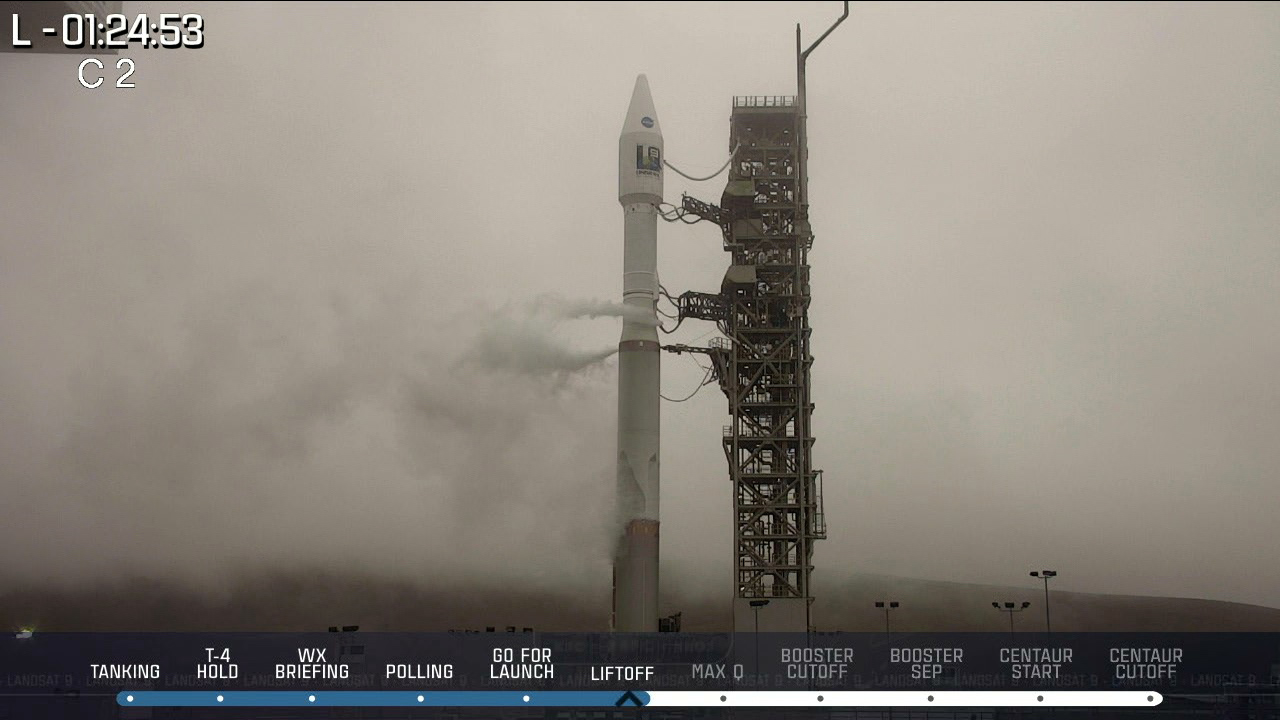
Hello, and welcome to NASA’s live coverage of the Landsat 9 mission! Tune in to NASA Television, the NASA app, or the agency’s website, or follow along here on the mission blog for a look at all of today’s major milestones.
Landsat 9 is a joint NASA and U.S. Geological Survey (USGS) mission to monitor Earth’s land and coastal regions, scheduled to launch atop a United Launch Alliance Atlas V 401 rocket from Space Launch Complex-3 at Vandenberg Space Force Base in California. The 30-minute launch window begins at 11:12 a.m. PDT (2:12 p.m. EDT).
While today’s launch is managed by NASA’s Launch Services Program, based at the agency’s Kennedy Space Center in Florida, NASA’s Goddard Space Flight Center in Greenbelt, Maryland, manages the Landsat 9 mission. Our coverage on the blog originates from the NASA News Center at Kennedy.
Today’s launch marks the continuation of 50 years of the Landsat program’s critical role in monitoring the health of Earth and helping people manage essential resources, including crops, irrigation water, and forests. Images from Landsat 9 will be added to decades of free and publicly available data from the mission – the longest data record of Earth’s landscapes taken from space.
As part of NASA’s 34th Educational Launch of Nanosatellites (ELaNa), this mission also will deploy multiple CubeSats after Landsat 9 separation: the Colorado Ultraviolet Transit Experiment (CUTE) from the University of Colorado at Boulder and the Cusp Plasma Imaging Detector (CuPID) from Boston University. CUTE will measure how near-ultraviolet light from a host star changes when an exoplanet passes in front of it and through a planet’s atmosphere, and CuPID will measure X-rays emitted when solar wind plasma collides with neutral atoms in Earth’s atmosphere.
Stay connected with the mission on social media, and let people know you’re following it on Twitter, Facebook, and Instagram using the hashtag #Landsat and tag these accounts:
Twitter: @NASA, @NASAEarth, @NASA_Landsat, @NASASocial, @NASA_LSP, @NASA360, @SLDelta30
Facebook: NASA, NASA Earth, NASA LSP, SLDelta30
Instagram: NASA, NASAEarth, Vandenberg_AFB
